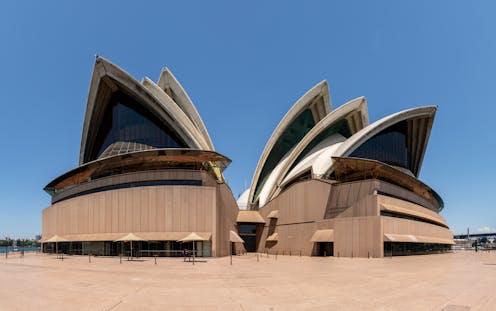A Biography is Louis Nowra's love letter to his adopted city
- Written by Paul Ashton, Professor of Public History, University of Technology Sydney

Louis Nowra’s inspired biography of Sydney starts with a surprise visit to the city. He grew up in a housing commission estate in Melbourne. In 1959, while on a trip with his father to Wollongong in a truck to pick up a load of coke (for fireplaces, not drinking), his father took a detour – to Sydney. Nowra was nine.
After being driven through congested inner-city streets, he found himself on the Sydney Harbour Bridge. His amazement rendered him speechless. The massive grey steel structure and granite pylons provided a stunning contrast to the emerald-green harbour. Nowra’s passion for Sydney had been ignited. Twenty years later he moved to the now chic but then bleak inner-city suburb of Chippendale. Later, he took up residence on the border of the inner suburbs of Woolloomooloo and Kings Cross, where he lives today.
Review: Sydney: A Biography – Louis Nowra (NewSouth).













